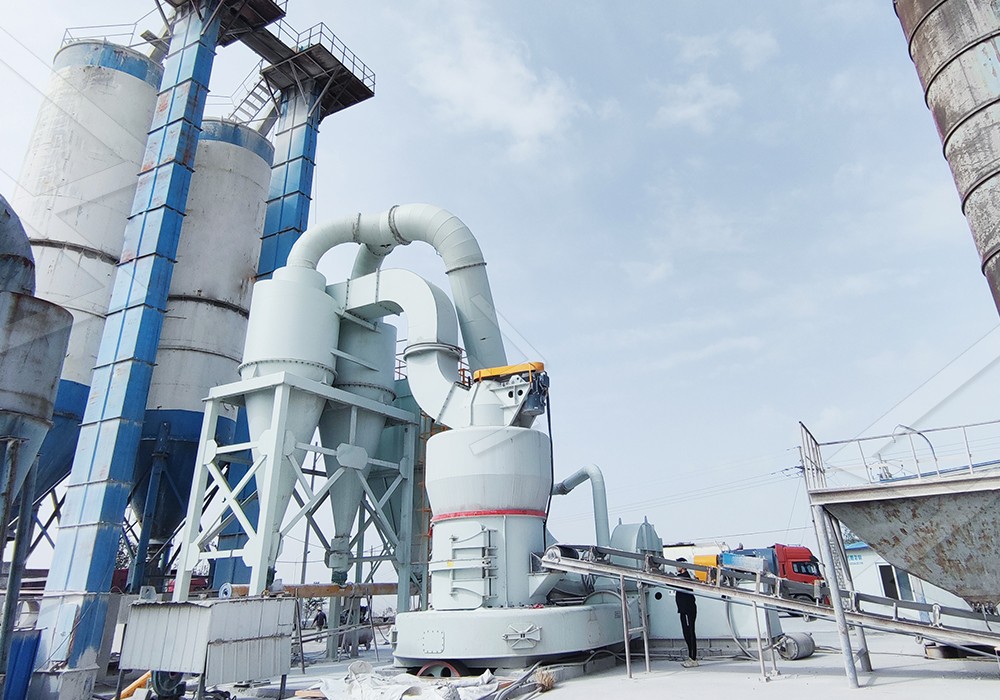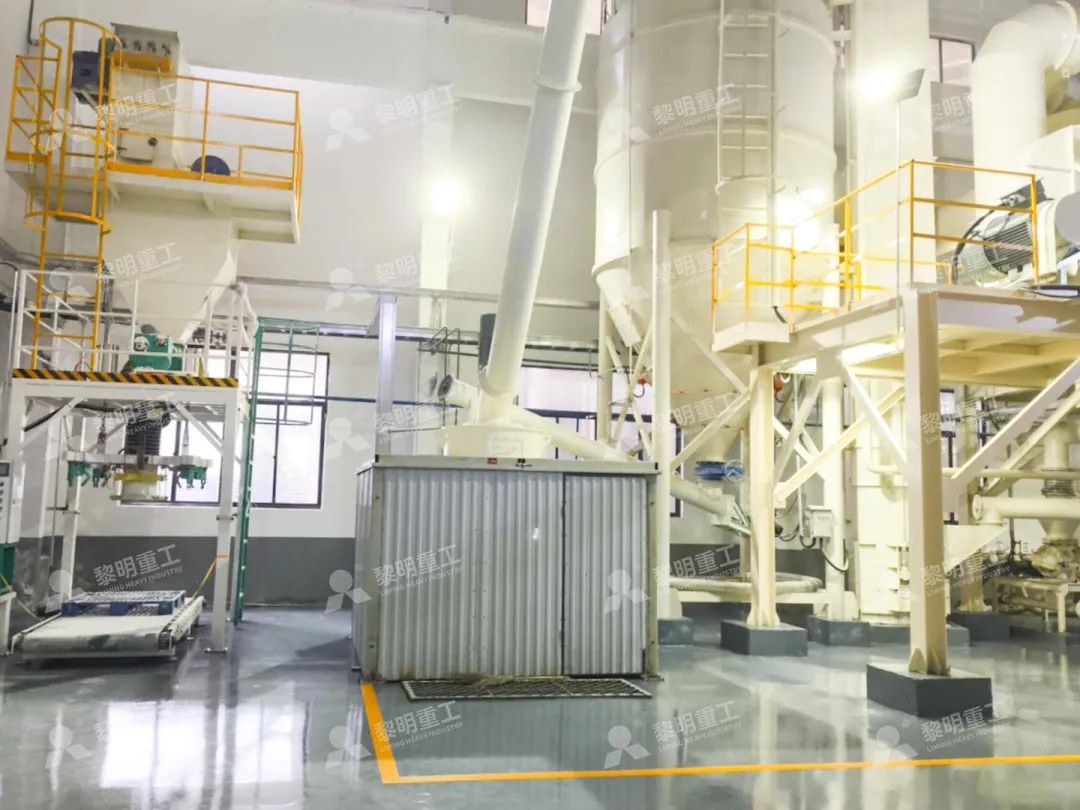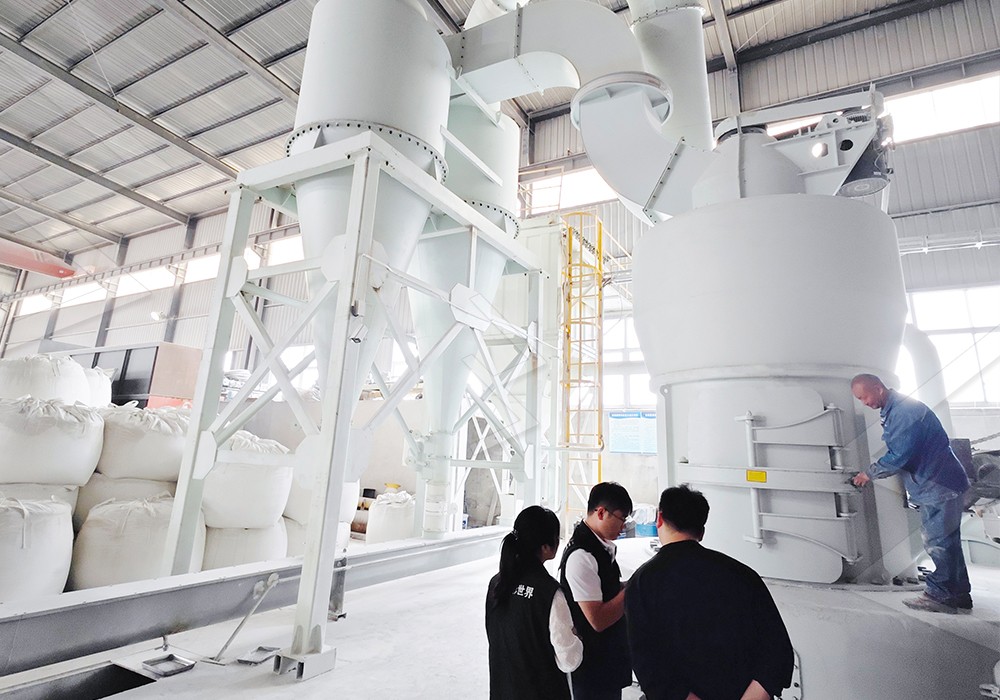How to Process Fly Ash with Industrial Grinding Mills for Reuse
Transforming Waste into Valuable Resources: The Fly Ash Revolution
Fly ash, once considered a problematic byproduct of coal combustion, has emerged as a valuable resource across multiple industries. This fine powder, collected from electrostatic precipitators in power plants, possesses remarkable properties that make it ideal for construction materials, cement production, and various industrial applications. However, unlocking fly ash’s full potential requires precise processing through advanced grinding technology.

The Critical Role of Particle Size in Fly Ash Utilization
Raw fly ash typically contains particles ranging from 0.5 to 300 microns, but many applications demand much finer specifications. The construction industry, for instance, requires ultra-fine fly ash with consistent particle distribution to enhance concrete strength and durability. Similarly, high-value applications in plastics, rubber, and coatings necessitate precisely controlled fineness levels between 325 to 2500 meshes.
Traditional grinding methods often fall short in achieving the required particle distribution while maintaining efficiency. This is where specialized industrial grinding mills demonstrate their superiority, offering precise control over final product specifications while optimizing energy consumption.
Advanced Grinding Solutions for Fly Ash Processing
Among the various grinding technologies available, our MW Ultrafine Grinding Mill stands out as an exceptional solution for fly ash processing. Engineered specifically for ultra-fine powder production, this machine represents a significant advancement in grinding technology.
The MW Ultrafine Grinding Mill processes fly ash with input sizes of 0-20 mm and achieves production capacities ranging from 0.5 to 25 tph. What makes this equipment particularly suitable for fly ash is its ability to produce powders with fineness adjustable between 325-2500 meshes, meeting the most demanding specifications across various industries.

Key Advantages in Fly Ash Processing
The MW Ultrafine Grinding Mill incorporates several innovative features that make it ideal for fly ash applications. Its newly designed grinding curves for rollers and rings enhance grinding efficiency significantly, achieving 40% higher production capacity compared to jet mills and double the output of traditional ball mills, while consuming only 30% of the energy required by jet milling systems.
Another critical advantage for fly ash processing is the mill’s unique design that eliminates rolling bearings and screws within the grinding chamber. This feature prevents contamination from mechanical wear, ensuring the final product maintains the chemical purity required for high-value applications. The external lubrication system allows for continuous 24-hour operation without shutdowns for maintenance.
Environmental Compliance and Operational Safety
Fly ash processing must address environmental concerns, particularly dust control. The MW Ultrafine Grinding Mill comes equipped with an efficient pulse dust collector that eliminates dust pollution throughout the entire milling process. Additional noise reduction features including silencers and noise elimination rooms ensure operations comply with stringent environmental standards.
The digitalized processing capabilities guarantee high precision manufacturing, especially for core components, while our comprehensive spare parts supply and technical support ensure worry-free operation and minimal downtime.

Maximizing Value Through Proper Processing
Properly processed fly ash finds applications across numerous industries. In construction, it enhances concrete workability, strength, and durability while reducing permeability. For cement manufacturers, it serves as a premium pozzolanic material. Other applications include soil stabilization, waste treatment, and as filler in plastics and paints.
The economic benefits extend beyond the value of the processed material itself. Power plants can transform a disposal liability into a revenue stream, while industries utilizing fly ash reduce their raw material costs and environmental footprint.
Frequently Asked Questions
What particle size can be achieved when processing fly ash?
Our MW Ultrafine Grinding Mill can process fly ash to fineness levels between 325-2500 meshes (approximately 5-45 microns), with the capability to achieve d97≤5μm in a single pass.
How does the energy consumption compare to traditional grinding methods?
The MW Ultrafine Grinding Mill reduces energy consumption by approximately 30-50% compared to jet mills and traditional ball mills, while increasing production capacity by 40% and 100% respectively.
What measures are in place to prevent contamination during processing?
The mill features no rolling bearings or screws in the grinding chamber, eliminating common sources of metallic contamination. The fully enclosed system with pulse dust collection ensures no external contaminants enter the product.
Can the system handle variations in raw fly ash quality?
Yes, the adjustable grinding parameters and advanced separation technology allow the mill to consistently produce high-quality finished product even with variations in raw material characteristics.
What maintenance requirements should be expected?
The MW Ultrafine Grinding Mill requires minimal maintenance thanks to its robust design and external lubrication system. Our comprehensive spare parts supply and technical support ensure maximum operational uptime.
